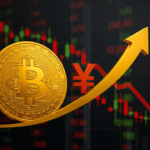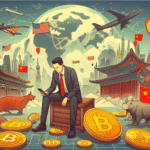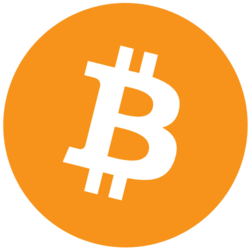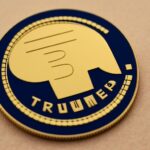Following reports on how jumpy and reactive global markets have become, a single post on social media triggered a $2 trillion move across equities and crypto before reversing just as fast. A now-deleted fake news alert that the White House was considering a 90-day global tariff pause sent investors into a buying frenzy on April 7, with stocks and digital assets soaring before an official denial brought the party to an end.
- The Spark That Lit the Fuse: How One Post Triggered a Buying Frenzy
- Instant Reaction: Stocks and Bitcoin Skyrocket
- Market Appetite: “Ready to Ape” at a Moment’s Notice
- A Broader Lesson in Volatility and Liquidity
- Context: The Tariff Tug-of-War and Recession Fears
- Conclusion: One Fake Tweet, Trillions in Motion
- FAQs
- Glossary
The whole thing, complete with a mistaken CNBC banner, a viral fake tweet and a round-trip across financial markets, revealed more than just sloppy reporting. It showed us a deeper truth: the market is desperate for a catalyst, even a fake one.
The Spark That Lit the Fuse: How One Post Triggered a Buying Frenzy
At the center of the chaos was a tweet from the verified “Walter Bloomberg” account, with over 850,000 followers. The post claimed former Trump economic adviser Kevin Hassett said the White House was considering a 90-day suspension of tariffs for all countries except China. The tweet made its way to major news outlets and was even displayed as a headline on CNBC, briefly gaining credibility.
“Markets were caught off guard not just by the content of the rumor, but by how easily it was believed and disseminated,” said Connor Ryder, senior analyst at Kaiko. “In a jittery macro environment, a sliver of hope is enough to send billions back into risk assets.”
Instant Reaction: Stocks and Bitcoin Skyrocket
The market reaction was immediate and wild. Based on reports, the S&P 500 popped 8% from its intraday low, the Nasdaq 9.5% in under an hour, and the Dow 7%, adding over $2 trillion to US equities.
Bitcoin joined the party, up 6.5% to $80,000 before retreating as the rumor was debunked. Ethereum followed, up 5%. Even smaller-cap altcoins were up double digits as traders rode the momentum train.
The fun was short-lived. Within hours, the White House’s official “Rapid Response” account denied any such policy was being considered, and Trump himself tweeted on Truth Social that more tariffs, not less. Instead of backing off the trade war, Trump doubled down.
On Truth Social, he reportedly threatened more penalties against China:
“If China doesn’t withdraw their 34% above their already long term trading abuses by tomorrow April 8th, the United States will impose 50% tariffs on China effective April 9th.”
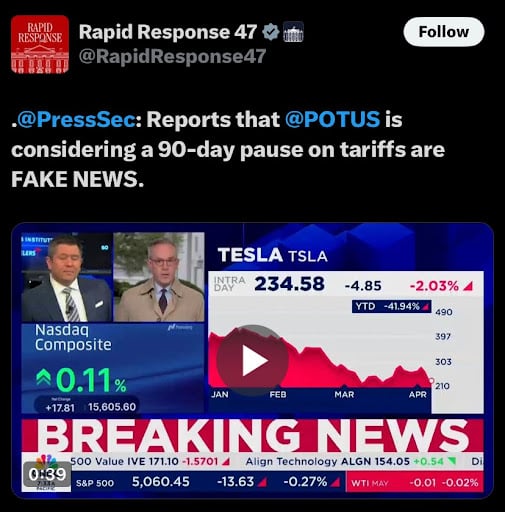
Any hope of a real truce was quickly extinguished. Later reports confirmed Hassett didn’t say Trump was considering a 90-day pause. When asked on Fox News, Hassett hedged: “The president is gonna decide what the president is gonna decide,” and downplayed the whole thing.
Market Appetite: “Ready to Ape” at a Moment’s Notice
Even though the story was debunked, the reaction was intense. Crypto analyst and YouTuber Lark Davis summed it up in a post:
“Even a 90 day delay sent markets up. Now imagine when real deals are announced. Shit tons of money is on the sidelines, ready to ape in at a moments notice.”
Others agreed.
“That fake headline might actually give Trump, Navarro, and Lutnick more confidence to keep pushing this further,” said X user Geiger Capital. “They now know at any point they can announce a pause and the market will rally ~10% in a day.”
This level of sensitivity to policy rumors is a symptom of a broader economic environment of inflation fears, recession anxiety and geopolitical uncertainty. It also shows how US-China relations are to global asset prices.
A Broader Lesson in Volatility and Liquidity
Beyond the day’s wild volatility, market watchers say this is a reminder of how fragile sentiment is. With trillions of dollars parked in money markets or sitting on the sidelines, any perceived policy pivot, real or not, can be a spark.
“This tells us that traders are sitting on dry powder,” said Quincy Krosby, chief global strategist at LPL Financial. “They’re waiting for clarity and in the absence of it, even misinformation can be a green light.”
Digital assets which have always been sensitive to macro narratives reacted accordingly. The short term move above $80,000 in Bitcoin, while quickly reversed, showed how fast crypto responds to changing trade winds.
Context: The Tariff Tug-of-War and Recession Fears
The bigger picture is no less chaotic. Trump’s proposed tariff hikes , set to increase US duties on Chinese imports from 34% to 50% on April 9, have already spooked markets. China has threatened retaliatory tariffs and reports say Beijing has no intention of backing down.
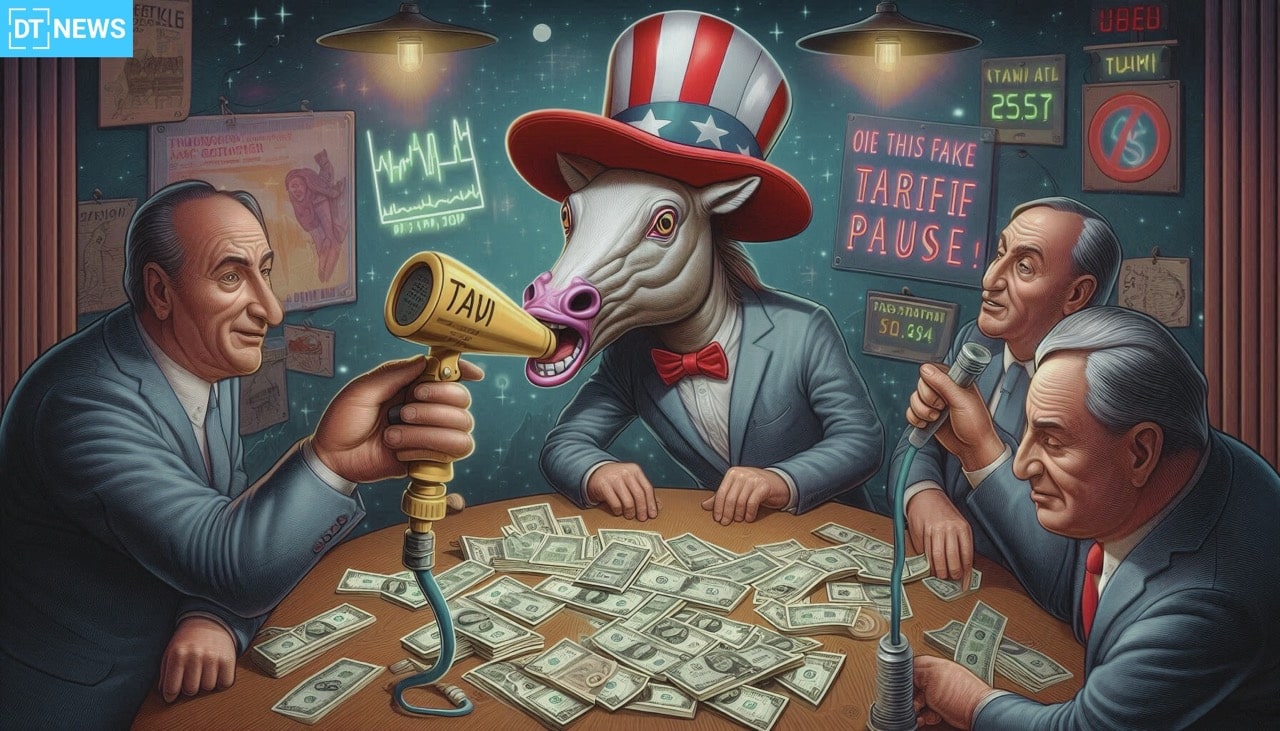
It’s all happening at a time when recession signals are flashing across the indicators. On Polymarket, a blockchain based prediction platform, the odds of a 2025 US recession spiked from 51% to 60% in a day after Trump’s tariff announcement.
JPMorgan Chase CEO Jamie Dimon recently wrote in his annual letter to shareholders that the policy could have long term consequences.
“There are many uncertainties around the new tariff policy: the retaliatory actions, the impact on confidence, capital flows and corporate profits,” he said. “In the short term I see this as one big additional straw on the camel’s back.”
Conclusion: One Fake Tweet, Trillions in Motion
It started with a fake tweet and ended as a clear example of how reactive and overbought global markets are. The market’s reaction shows how much demand there is for stability and how fast investor optimism can be triggered or crushed.
So now, policymakers know the lever they hold. Whether that means responsible policy changes or more strategic brinksmanship remains to be seen. Either way, one thing is clear: in this environment, even fiction can move trillions.
FAQs
What caused the $2 trillion market surge?
A fake news report about a 90-day tariff pause. Which turned out to be false but briefly lifted the whole market and crypto.
How did Bitcoin respond to the fake tariff pause news?
Bitcoin went up 6.5% to $80,000 before dropping back when the rumor was debunked.
Did the White House confirm or deny the 90-day tariff pause?
The White House denied it through their official “Rapid Response” channel, calling it misinformation.
Will the US increase tariffs on China?
Yes. Trump said if China doesn’t reverse its 34% tariff increase, the US will raise tariffs to 50% effective April 9.
What does this tell us about market sentiment?
It shows how reactive markets are and how much investors want policy relief in this uncertain economic environment.
Glossary
Tariff: A tax on imported goods, often used as a trade tool.
Fake News: False information presented as news, often to mislead or manipulate public opinion.
Market Rally: A sustained increase in asset prices.
Liquidity: How easy it is to buy or sell an asset.
Ape In: Slang in crypto communities for buying into an asset without doing your homework.







































































































